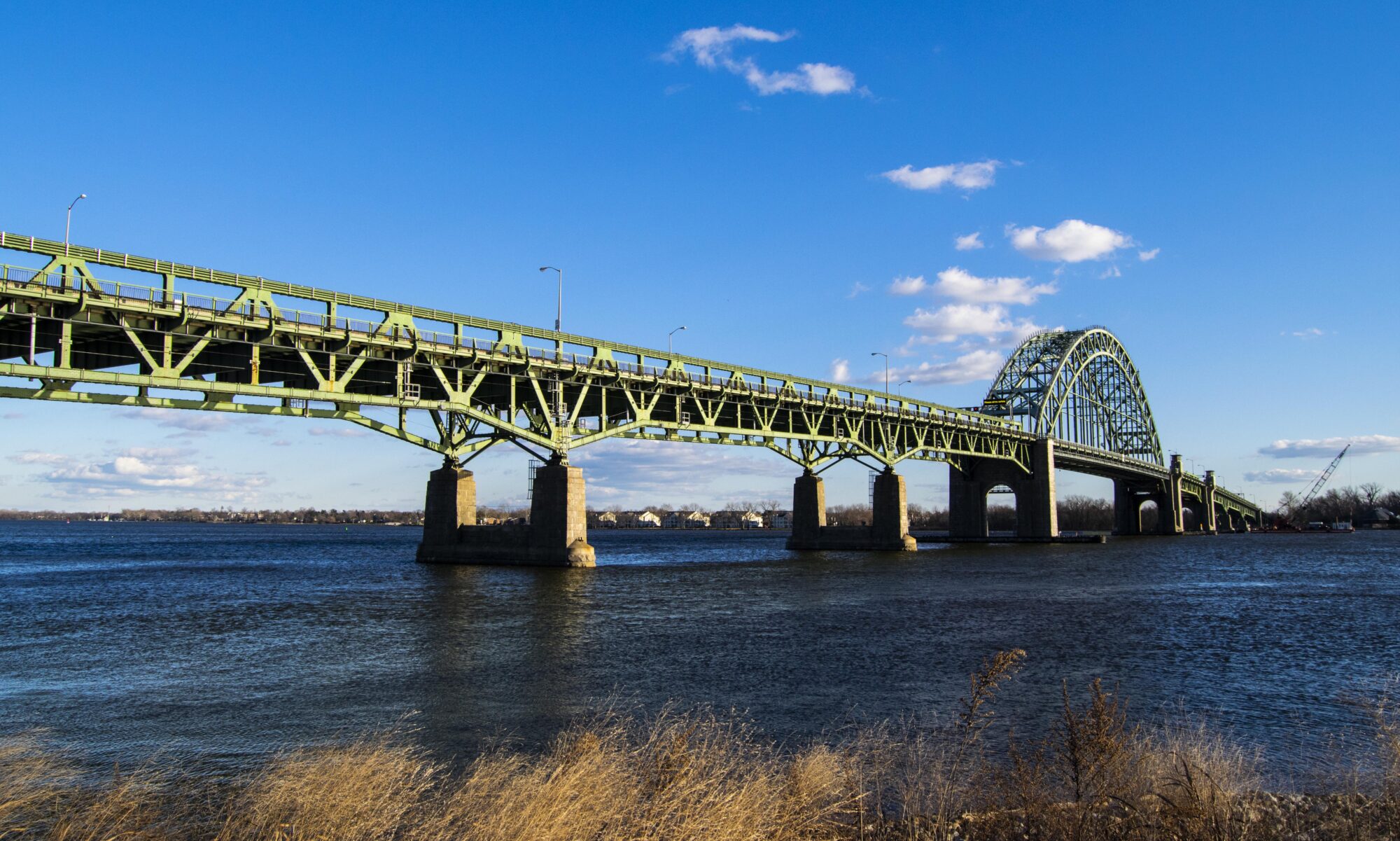“A negro belonging to Daniel Walton.” Described as the property of another, Jim lived as a slave in what was known at the time as Byberry Township, now a part of Northeast Philadelphia. Jim became the first person known to be buried at the Byberry Cemetery, originally named, “Burying Place for All Free Negroes or People of Color.” Aside from his first name and his final resting place, there is scant information to be found about Jim. One tax assessment in 1767, lists his owner as Daniel Walton, under which it states, “1 Negro…4”, and nothing more, at least not in anything widely available online. Jim’s burial site itself, the Byberry Cemetery, sits between the National Archives site in Northeast Philadelphia and Benjamin Rush State Park, the latter named for the well-known abolitionist and founding father. Though the tax form alone is nondescript and insulting, the cemetery too lacks any real detail, covered in trees, brush, and powerlines, with no obvious signs or markers to denote the significance of the site.
The cemetery dates back to 1780, the same year that Pennsylvania, the first state in the nation to do so, voted for the gradual abolition of slavery. As the only African American cemetery created in the region during the Revolutionary War period, it answered a question at the time: where should freed slaves be buried? Prior to its establishment many slaves were simply buried on private property, often that of their owner’s. Other common burial sites included orchards and open fields. While it is impossible to know every location that served as a burial site, this cemetery’s location is known, and its degradation is a travesty.
Were it not for the work of self-described histophotocartographer, Joe Menkevich, this very site and its existence could be forgotten in the shadows of America’s past, particularly in a city rich in historical sites. With so many historic properties, Philadelphia has its own historic register, separate from the more well-known National Historic Register. Thanks to Joe’s work, Byberry Cemetery is now listed as a historic site in the Philadelphia Register. Despite more protections against alterations or changes to the site the designation, however, does not mean preservation, which Joe believes can only be done through conservation and restoration.
Self-described as an, “ill-tempered, cantankerous, opinionated” individual, Joe’s knowledge of local history runs deep, particularly that of Northeast Philadelphia and its roots rich with African American history. Joe has made numerous submissions to the Philadelphia historic register, though the submission of the Byberry Cemetery was his first and one which in hindsight he calls “sloppy.” A more recent submission for historic recognition by Joe was for the Wilmot Public School for African Americans. A noted graduate of Wilmot, Mary Chase Beckett, once wrote “the evil that men do live after them but the good is often buried with their bones.” Hopefully the Byberry Cemetery receives more attention and even true preservation, rather than disappearing into the bones of its submission.
The Northeast Life


Wild story, but one that needs to be shared. Look forward to more of these!